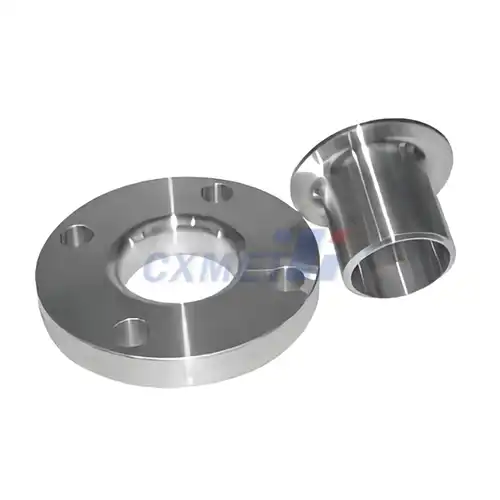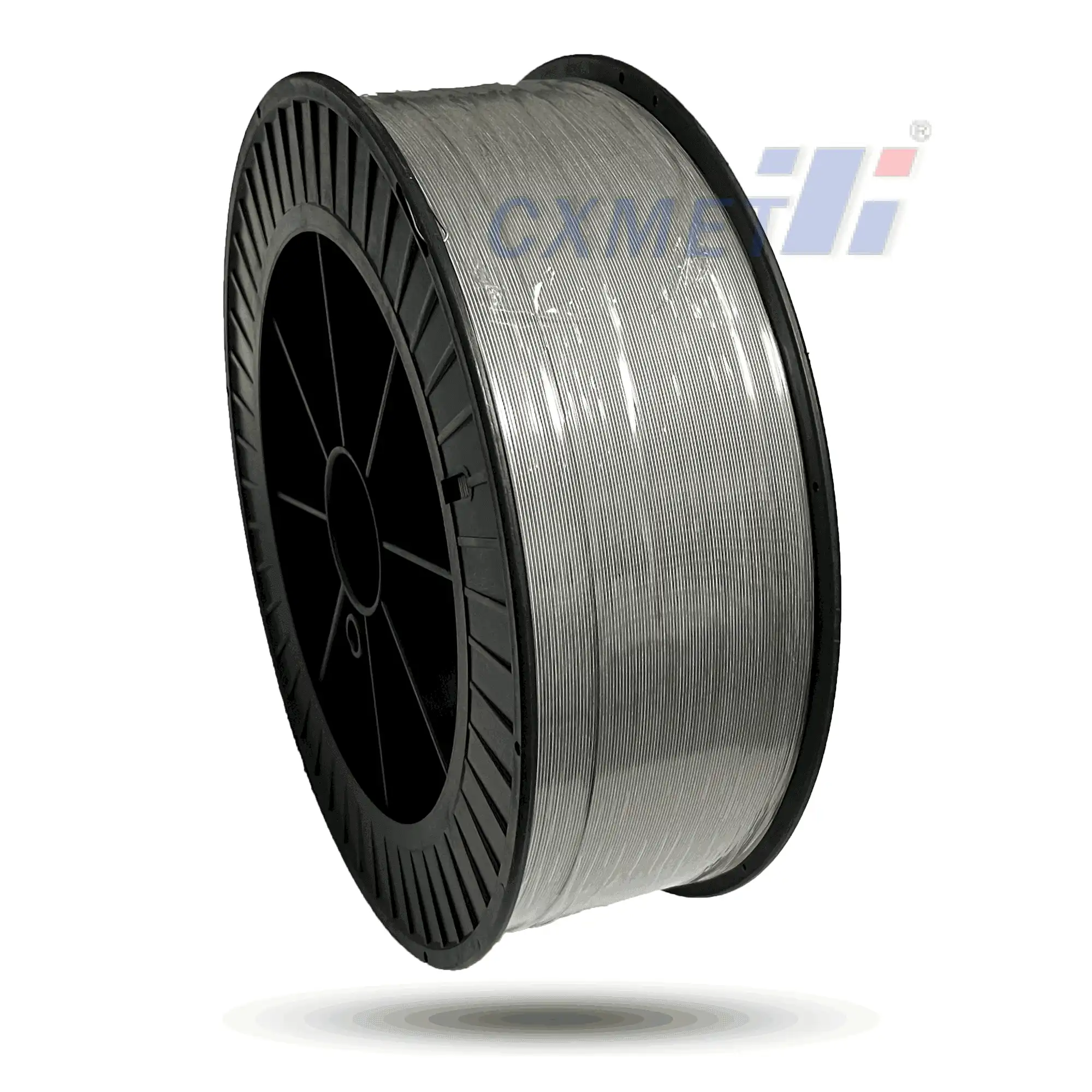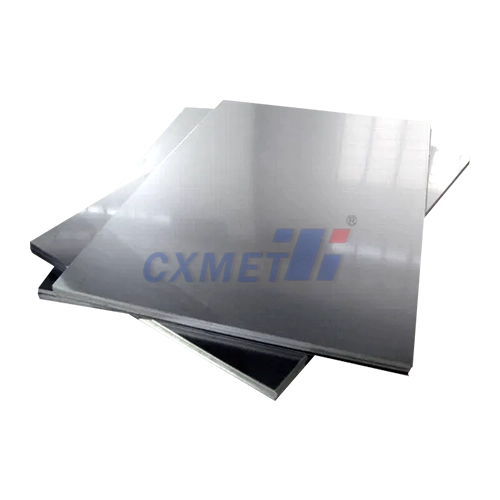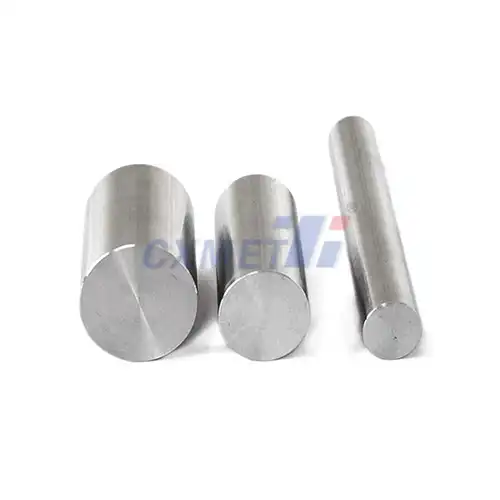- English
- French
- German
- Portuguese
- Spanish
- Russian
- Japanese
- Korean
- Arabic
- Greek
- German
- Turkish
- Italian
- Danish
- Romanian
- Indonesian
- Czech
- Afrikaans
- Swedish
- Polish
- Basque
- Catalan
- Esperanto
- Hindi
- Lao
- Albanian
- Amharic
- Armenian
- Azerbaijani
- Belarusian
- Bengali
- Bosnian
- Bulgarian
- Cebuano
- Chichewa
- Corsican
- Croatian
- Dutch
- Estonian
- Filipino
- Finnish
- Frisian
- Galician
- Georgian
- Gujarati
- Haitian
- Hausa
- Hawaiian
- Hebrew
- Hmong
- Hungarian
- Icelandic
- Igbo
- Javanese
- Kannada
- Kazakh
- Khmer
- Kurdish
- Kyrgyz
- Latin
- Latvian
- Lithuanian
- Luxembou..
- Macedonian
- Malagasy
- Malay
- Malayalam
- Maltese
- Maori
- Marathi
- Mongolian
- Burmese
- Nepali
- Norwegian
- Pashto
- Persian
- Punjabi
- Serbian
- Sesotho
- Sinhala
- Slovak
- Slovenian
- Somali
- Samoan
- Scots Gaelic
- Shona
- Sindhi
- Sundanese
- Swahili
- Tajik
- Tamil
- Telugu
- Thai
- Ukrainian
- Urdu
- Uzbek
- Vietnamese
- Welsh
- Xhosa
- Yiddish
- Yoruba
- Zulu
What is the Chemical Composition Properties of Gr23 Titanium Rods?
2024-09-14 11:57:23
Gr23 titanium, also known as Ti-6Al-4V ELI (Extra Low Interstitial), is a high-purity variant of the popular Ti-6Al-4V alloy. This advanced material has gained significant attention in the medical field due to its exceptional properties and biocompatibility. The chemical composition of Gr23 titanium rods plays a crucial role in determining its performance characteristics, making it an ideal choice for various medical applications, particularly in implant manufacturing.
What are the key alloying elements in Gr23 titanium rods?
The chemical composition of Gr23 titanium rods is carefully controlled to achieve specific properties that make it suitable for medical applications. The key alloying elements in Gr23 titanium include:
1. Titanium (Ti): As the base metal, titanium comprises approximately 88-90% of the alloy's composition. Titanium's inherent properties, such as high strength-to-weight ratio, excellent corrosion resistance, and biocompatibility, form the foundation of Gr23's performance.
2. Aluminum (Al): Aluminum is added at a concentration of 5.5-6.5% by weight. It serves as an alpha stabilizer, enhancing the alloy's strength and reducing its density. Aluminum also contributes to improved heat resistance and creep strength.
3. Vanadium (V): Vanadium is present at 3.5-4.5% by weight. As a beta stabilizer, vanadium helps improve the alloy's formability and strength. It also enhances the material's fatigue resistance, which is crucial for long-term implant performance.
4. Iron (Fe): Iron content is limited to a maximum of 0.25% in Gr23 titanium. While iron can contribute to strength, its content is kept low to maintain the alloy's excellent corrosion resistance.
5. Oxygen (O): Oxygen content is strictly controlled, with a maximum limit of 0.13%. Oxygen acts as an interstitial element, influencing the alloy's strength and ductility. The "Extra Low Interstitial" designation of Gr23 titanium refers to its reduced oxygen content compared to standard Ti-6Al-4V.
6. Carbon (C): Carbon content is limited to a maximum of 0.08%. Like oxygen, carbon is an interstitial element that affects the alloy's mechanical properties.
7. Nitrogen (N): Nitrogen content is kept below 0.05%. It contributes to the alloy's strength but is carefully controlled to maintain optimal ductility.
The precise control of these alloying elements results in a material with superior mechanical properties, excellent biocompatibility, and enhanced resistance to corrosion and fatigue. These characteristics make Gr23 titanium rods an excellent choice for medical implants, particularly those subjected to high stresses or requiring long-term performance.
How does the composition of Gr23 titanium compare to other medical-grade titanium alloys?
Gr23 titanium belongs to a family of medical-grade titanium alloys, each with its unique composition tailored for specific applications. To understand the advantages of Gr23, it's helpful to compare its composition with other commonly used medical titanium alloys:
1. Gr23 (Ti-6Al-4V ELI) vs. Gr5 (Ti-6Al-4V):
Gr23 and Gr5 have similar base compositions, with both containing 6% aluminum and 4% vanadium. However, the key difference lies in the "ELI" designation of Gr23. This indicates lower levels of interstitial elements, particularly oxygen, iron, and carbon. The reduced interstitial content in Gr23 results in improved ductility and fracture toughness, making it more suitable for critical medical applications such as load-bearing implants.
2. Gr23 vs. Gr4 (Commercially Pure Titanium):
Gr4 titanium is composed of nearly 100% titanium with minimal alloying elements. While Gr4 offers excellent biocompatibility and corrosion resistance, it lacks the strength of Gr23. The addition of aluminum and vanadium in Gr23 significantly enhances its mechanical properties, making it more suitable for applications requiring higher strength and fatigue resistance.
3. Gr23 vs. Ti-15Mo (Titanium-15% Molybdenum):
Ti-15Mo is a beta titanium alloy containing 15% molybdenum. Compared to Gr23, Ti-15Mo offers lower elastic modulus, which can be advantageous in reducing stress shielding in certain orthopedic applications. However, Gr23 generally provides higher strength and better overall performance in a wider range of medical applications.
4. Gr23 vs. Ti-13Nb-13Zr:
This alloy contains 13% niobium and 13% zirconium, offering a lower elastic modulus compared to Gr23. While Ti-13Nb-13Zr has shown promise in reducing stress shielding, Gr23 remains the preferred choice for many applications due to its well-established performance record and superior strength.
The unique composition of Gr23 titanium strikes an optimal balance between strength, ductility, and biocompatibility. Its lower interstitial content compared to standard Ti-6Al-4V results in improved fatigue strength and fracture toughness, critical factors in long-term implant performance. Additionally, the well-controlled composition of Gr23 ensures consistent material properties, which is essential for regulatory approval and quality control in medical device manufacturing.
What makes Gr23 titanium rods ideal for medical implants?
The chemical composition of Gr23 titanium rods contributes to several key properties that make them ideal for medical implants:
1. Biocompatibility:
The carefully controlled composition of Gr23 titanium ensures excellent biocompatibility. The alloy's resistance to corrosion in the human body environment is superior, minimizing the release of metal ions and reducing the risk of adverse reactions. This property is crucial for long-term implant success and patient safety.
2. High Strength-to-Weight Ratio:
The addition of aluminum and vanadium to the titanium base results in an alloy with exceptional strength while maintaining a relatively low density. This high strength-to-weight ratio is particularly beneficial in orthopedic implants, where the material must withstand significant loads without adding excessive weight to the patient's skeletal structure.
3. Fatigue Resistance:
The composition of Gr23 titanium contributes to its superior fatigue resistance. This property is essential for implants subjected to cyclic loading, such as joint replacements or spinal devices. The improved fatigue performance of Gr23 titanium rods ensures longer implant lifespans and reduces the risk of mechanical failure.
4. Osseointegration:
While not directly related to its chemical composition, the surface properties of Gr23 titanium promote excellent osseointegration – the structural and functional connection between living bone and the implant surface. This property is crucial for the long-term stability and success of orthopedic and dental implants.
5. Corrosion Resistance:
The controlled composition of Gr23 titanium, particularly its low interstitial content, contributes to its exceptional corrosion resistance. This property is vital in the aggressive physiological environment, where implants are exposed to bodily fluids and varying pH levels.
6. Magnetic Resonance Imaging (MRI) Compatibility:
Gr23 titanium is non-magnetic and does not interfere with MRI scans. This compatibility is increasingly important as diagnostic imaging plays a crucial role in post-operative monitoring and long-term patient care.
7. Workability:
The balanced composition of Gr23 titanium provides good workability, allowing for the manufacture of complex implant geometries. This property is essential for creating patient-specific implants and intricate device designs that closely mimic natural anatomical structures.
In conclusion, the chemical composition properties of Gr23 titanium rods make them an exceptional material for medical implants. The carefully controlled balance of alloying elements results in a material that combines strength, biocompatibility, and long-term performance. As medical technology continues to advance, Gr23 titanium remains at the forefront of implant materials, enabling the development of innovative, durable, and safe medical devices that improve patients' quality of life.
At SHAANXI CXMET TECHNOLOGY CO., LTD, we take pride in our extensive product range, which caters to diverse customer needs. Our company is equipped with outstanding production and processing capabilities, ensuring the high quality and precision of our products. We are committed to innovation and continuously strive to develop new products, keeping us at the forefront of our industry. With leading technological development capabilities, we are able to adapt and evolve in a rapidly changing market. Furthermore, we offer customized solutions to meet the specific requirements of our clients. If you are interested in our products or wish to learn more about the intricate details of our offerings, please do not hesitate to contact us at sales@cxmet.com. Our team is always ready to assist you.
References:
1. Niinomi, M. (2019). Titanium Alloys for Biomedical, Dental and Healthcare Applications. Metals, 9(12), 1300.
2. Prasad, K., et al. (2017). Titanium Alloys: An Atlas of Structures and Fracture Features. CRC Press.
3. Rack, H. J., & Qazi, J. I. (2006). Titanium alloys for biomedical applications. Materials Science and Engineering: C, 26(8), 1269-1277.
4. Geetha, M., et al. (2009). Ti based biomaterials, the ultimate choice for orthopaedic implants – A review. Progress in Materials Science, 54(3), 397-425.
5. Elias, C. N., et al. (2008). Biomedical applications of titanium and its alloys. Jom, 60(3), 46-49.
6. Chen, Q., & Thouas, G. A. (2015). Metallic implant biomaterials. Materials Science and Engineering: R: Reports, 87, 1-57.
7. Sidambe, A. T. (2014). Biocompatibility of Advanced Manufactured Titanium Implants—A Review. Materials, 7(12), 8168-8188.
8. Oldani, C., & Dominguez, A. (2012). Titanium as a Biomaterial for Implants. In Recent Advances in Arthroplasty. IntechOpen.
9. Titanium Information Group. (2022). Titanium Alloys in Medical Applications. Retrieved from [titanium.org](https://www.titanium.org)
10. ASTM International. (2020). ASTM F136-13, Standard Specification for Wrought Titanium-6Aluminum-4Vanadium ELI (Extra Low Interstitial) Alloy for Surgical Implant Applications (UNS R56401). ASTM International, West Conshohocken, PA.




